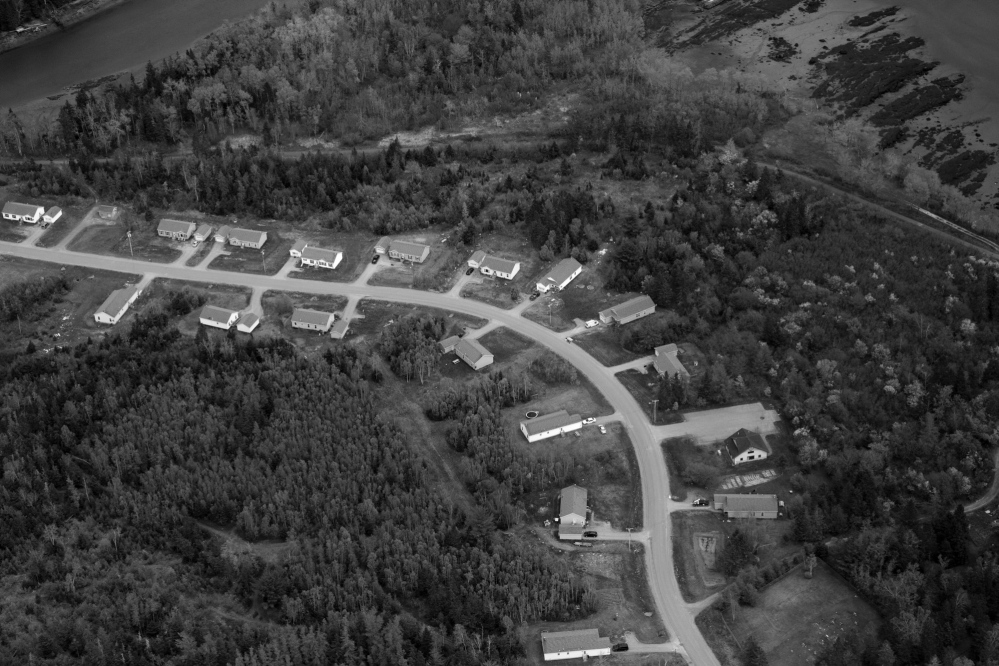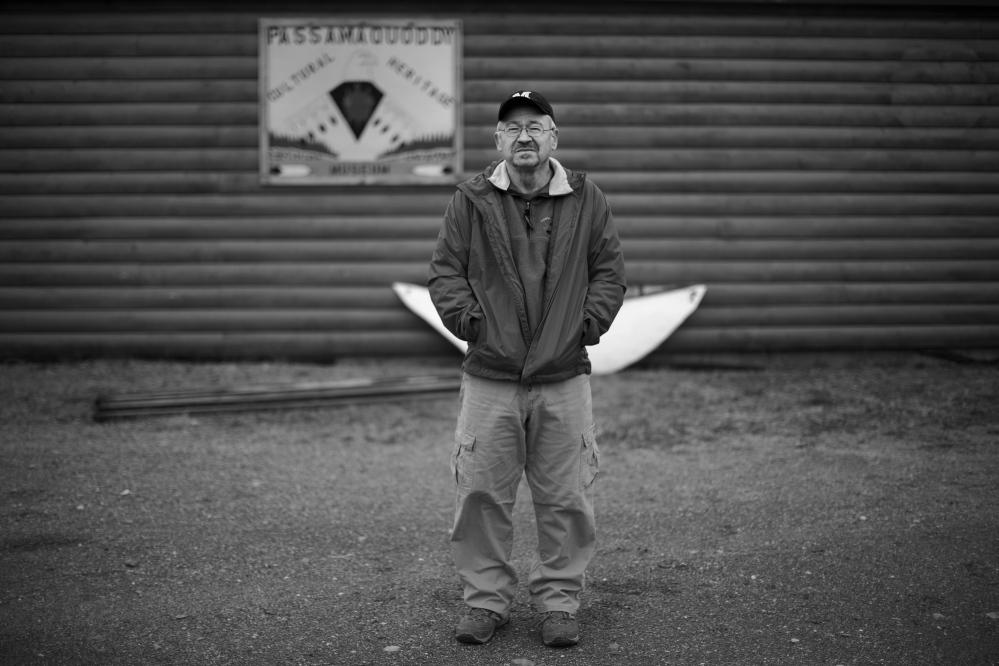
There were high hopes for the land settlement among the Passamaquoddy in the two years that followed the historic White House signing.
It was a period when the ink was drying and the administrative machinery to facilitate the multimillion-dollar transfers was being set up. The tribes had given up a claim to two-thirds of Maine in exchange for what were comparatively modest cash settlements.
For many who had grown up in homes without running water or adequate meals, there was an expectation of sudden wealth. “This claim had been going on for so long, and the whole time people were talking about how they would one day be rich when the claim was finally settled,” recalls Allen Sockabasin, who was governor at Indian Township when the tribe won federal recognition in 1976. “My dad, my Aunt Louise, they all died thinking they were going to be rich.”
Sockabasin remembers being shocked to learn from Tureen that they would have to borrow money from the federal government to build a long-anticipated medical clinic. “All the money was tied up,” he says. “He didn’t tell us that would be the situation.”
Indeed, many were realizing that the tribe’s quest for dignity, prosperity and self-determination was just beginning. “A majority of people thought it was going to be a long road ahead,” recalls tribal historian Donald Soctomah. “We got this settled, but where would we go from here?”
Newspaper accounts from the era highlighted a turtle-and-hare contrast between the Penobscots – who were eager to buy up land and invest in projects with their share of the settlement – and the Passamaquoddy, who had a more conservative wait-and-see approach.
Joseph Hartley Nicholas, the 66-year-old chief at Pleasant Point in this era, outlined his views to United Press International in the fall of 1980. “The basic goal for the management of the money and land we will be getting will be to preserve our Indian culture, our Indian genes,” he said. “If we don’t, we’ll be absorbed by our white neighbors.”
The tragedy of his people, the chief continued, was that they had been made wards of the state, forced into dependency by whites, and left with no path to escape. “Instead of giving money, the state should have given land and taught skills in animal husbandry, agriculture, counseling,” he added. “Any philosophy, any program not designed to help a people become self-reliant is no good.”
The worst thing that could happen, Nicholas thought, was to simply disburse the $13.5 million trust fund they were to receive among their nearly 3,000 members. He pointed to Oregon’s Klamath tribe, which in 1961 had won a $71.3 million settlement that paid the then-enormous sum of $43,000 to each of the tribe’s 1,660 members. Four years later, a University of Oregon study found, a quarter of the recipients had lost or spent it all.
“Money distributed like that would probably be the ruin of many in less than five years,” he added.
Illustrating the tribe’s conservatism: In December 1980, just after the land claims were settled, the Pleasant Point reservation entertained purchasing the Eastport Water Co. – the local water utility – from a Philadelphia company for $2.9 million. Although more than half the costs would be covered by a federal grant, tribal members rejected the plan in a referendum, 110 to 29.
Quizzed again by The Boston Globe the following summer – when Merrill Lynch advisers were literally fêting Penobscot leaders with caviar – Nicholas said he had spurned Wall Street advances. “We waited hundreds of years for this settlement,” he said. “We are in no hurry to spend it.”
“The problem with this generation is they want something for nothing,” he said of those in the tribe who wanted to disburse the money to members. “They have seen hard times, but they are greedy now and too shortsighted.”
Ultimately, both tribes would take Chief Nicholas’ approach. As their attorney, Tom Tureen, said at the time: “There’s a sense that the tribes are a permanent fixture, that the decisions they make are for future generations as well as themselves. The only way to guarantee that is to hold the assets together.”
It’s often pointed out that while the Passamaquoddy were poor, so too were the people of Washington County, which is today the state’s poorest. But a report by the state of Maine compiled in 1976 – just before the tribe began to receive federal services as a result of the historic Passamaquoddy v. Morton court case – shows how huge the gap still was.
At the time, Washington County residents had an annual per capita income of $2,069. The figure for the Passamaquoddy reservations was $700.
The county’s unemployment rate was a daunting 9.1 percent. Unemployment at Pleasant Point was at 90 percent; at Indian Township it was 95 percent.
The county’s high school dropout rate was 5.1 percent. Pleasant Point’s was 56 percent, and Indian Township’s was 98 percent, according to the report.
But with the land claims settlement, the reservations’ population – just 700 in 1976 – was rapidly growing, jumping to 972 in 1980 and 1,189 in 1990. Overall tribal membership rolls grew even faster, as many with the requisite one-quarter bloodline suddenly saw advantage in identifying with the tribe.
In a short period of time, two small, close-knit communities nearly doubled in size, and the tribe’s official population had reached some 3,000. This made the communities a little less cohesive – but more vibrant – than they’d been before.
“A lot of people came back because there was hope and people saw that they might be able to have work and a decent life,” says Bo Yerxa, a non-Passamaquoddy who was tribal health planner at Indian Township during the influx of the early ’80s and helped set up the clinic there. “I think most people were pleased to have relatives back, to have a fuller school, and those sorts of things.”
They would need to draw on all their resources in the years ahead, for the road was to indeed be a bumpy one.
Colin Woodard can be contacted at 791-6317 or at:
cwoodard@pressherald.com
Coming tomorrow:
Tom Tureen capitalizes
Send questions/comments to the editors.



